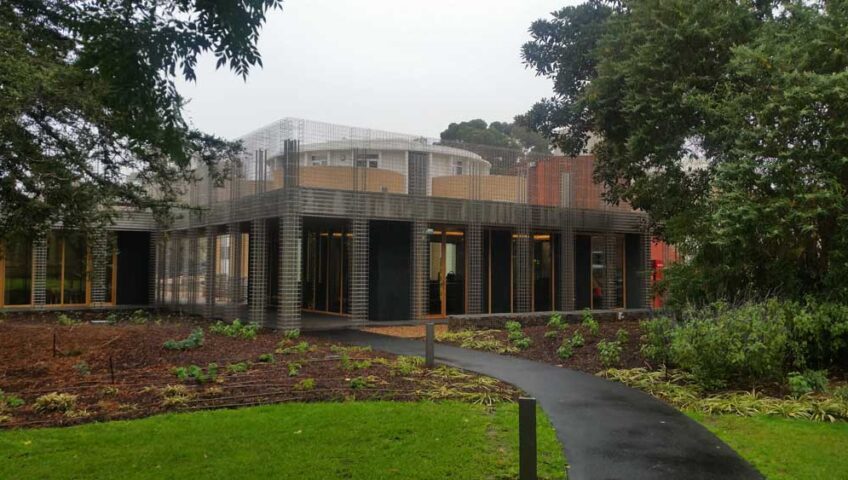One of the main technological processes in the construction industry is the connection of parts and elements by welding. Welding is used in the manufacture and installation of metal and reinforced concrete structures, process pipelines and equipment of various grades of steel, non-ferrous metals and alloys, other materials.
Productivity to ensure the necessary quality of welding, efficiency of construction and installation work and reliability of buildings and structures are determined in no small measure, the technical level and qualifications of specialists.
This is all the more important in terms of using for structures of difficult to weld effective steels and alloys, the use of new welding materials and increasingly sophisticated welding equipment, the application of new and progressive technological processes, increasing demands on the quality of building products created.
The content of the lecture notes corresponds to the curriculum of the section “Welding in construction” of the discipline “Metals and welding in construction”. The material is somewhat broader, which allows using it when working on the course and diploma projects.
About welding
The problem of firm connection of solid materials has been of great importance since ancient times. The processes of joining parts made of metal, wood, stone, ceramics, bricks, plastics, etc., as well as separating and crushing them complement each other and form the basis for the processing of solid materials. Without these processes it is impossible to imagine industry and construction nowadays.
There are two large groups of compound solids
- Mechanical methods of joining
- Methods of connection by molecular and atomic forces of adhesion
The first group includes various types of bolted connections, rivet and wedge connections, tight fit, etc.; the second group includes welding, brazing, gluing, cementing, etc.
The second group listed methods of connection of solid bodies differ in their features, and has its own areas of application, complementing each other, and allow you to perform a variety of production tasks.
The methods of the first group allow to obtain detachable joints, i.e. giving the possibility to separate the parts without destroying them. Connections of the second group are mostly inseparable.
One of the main methods of the second group is welding, which allows to join almost all metals and their alloys, glass, plastics, ceramics, etc. Welding methods are constantly improving, the scope of their application is expanding. This is required by the rapid development of technology, the use of new materials, the creation of new original designs.

